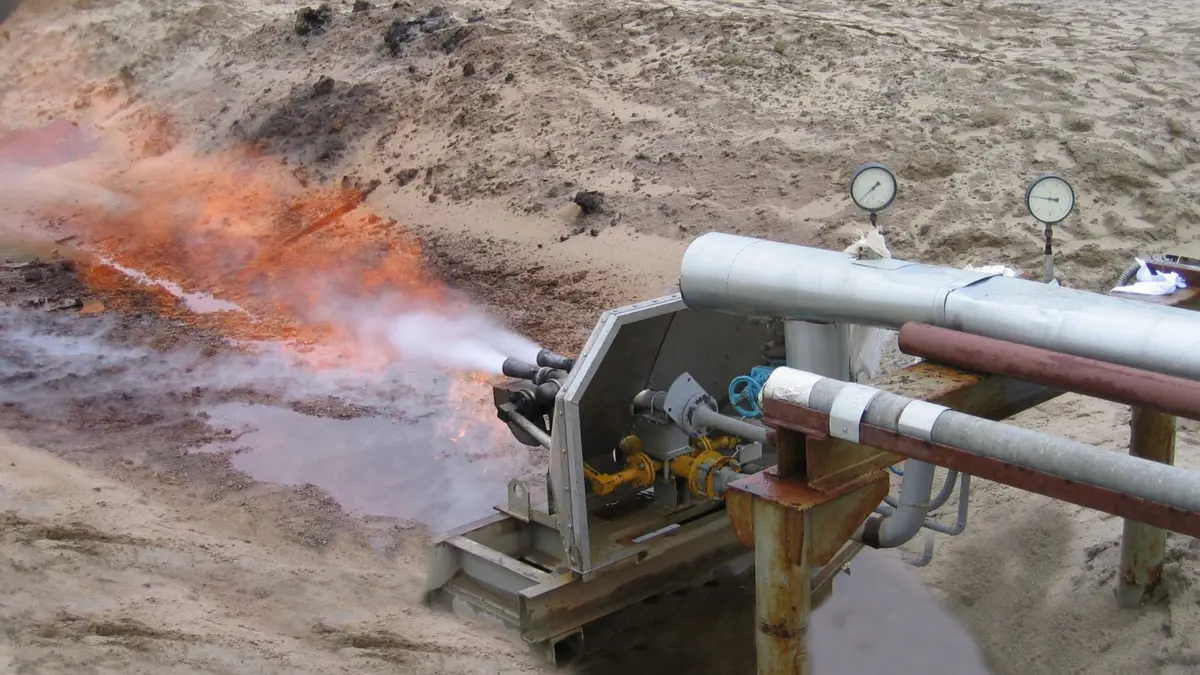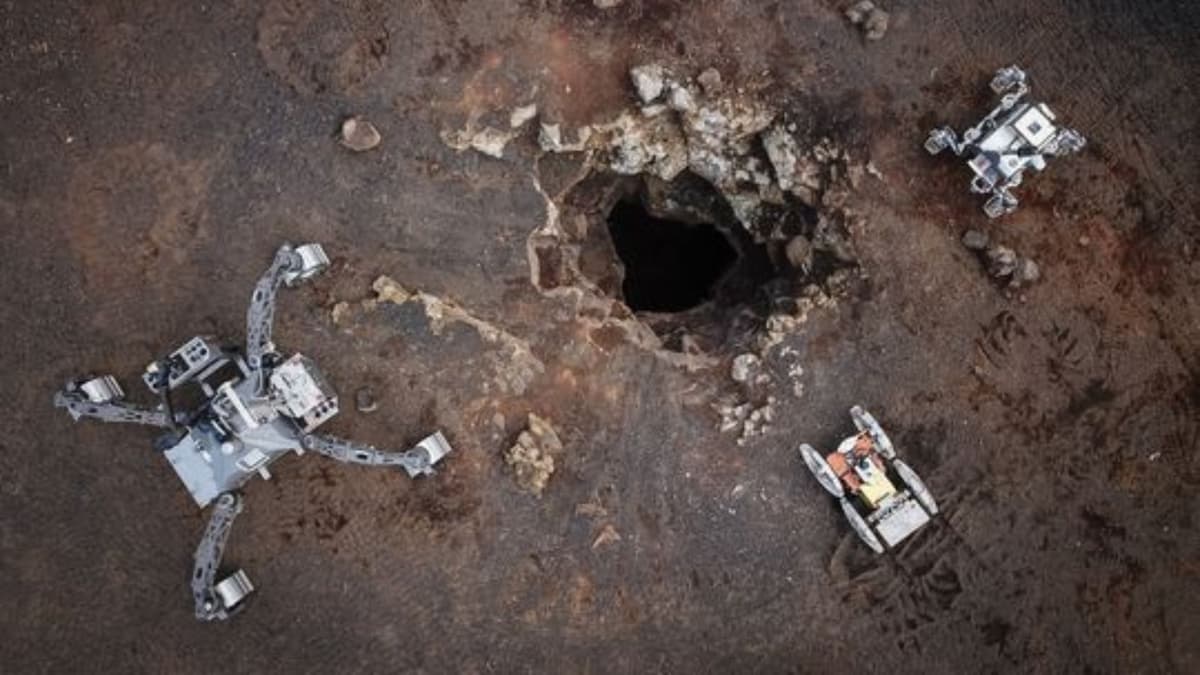Generative AI is supposed to be the miracle engine of modern business—replacing expensive outsourcing, slashing inefficiencies, and accelerating growth. But a new MIT report reveals a brutal truth: 95% of AI pilots inside large companies are dead on arrival.
The report, The GenAI Divide: State of AI in Business 2025, based on hundreds of interviews and case studies, found that while a handful of startups are rocketing from zero to $20 million in revenue in a year, most corporate AI projects are stalling. The problem isn’t the models themselves—it’s the way enterprises are deploying them.
Continue reading… “95% of Corporate AI Pilots Are Failing—And the Divide Is Only Getting Wider”












